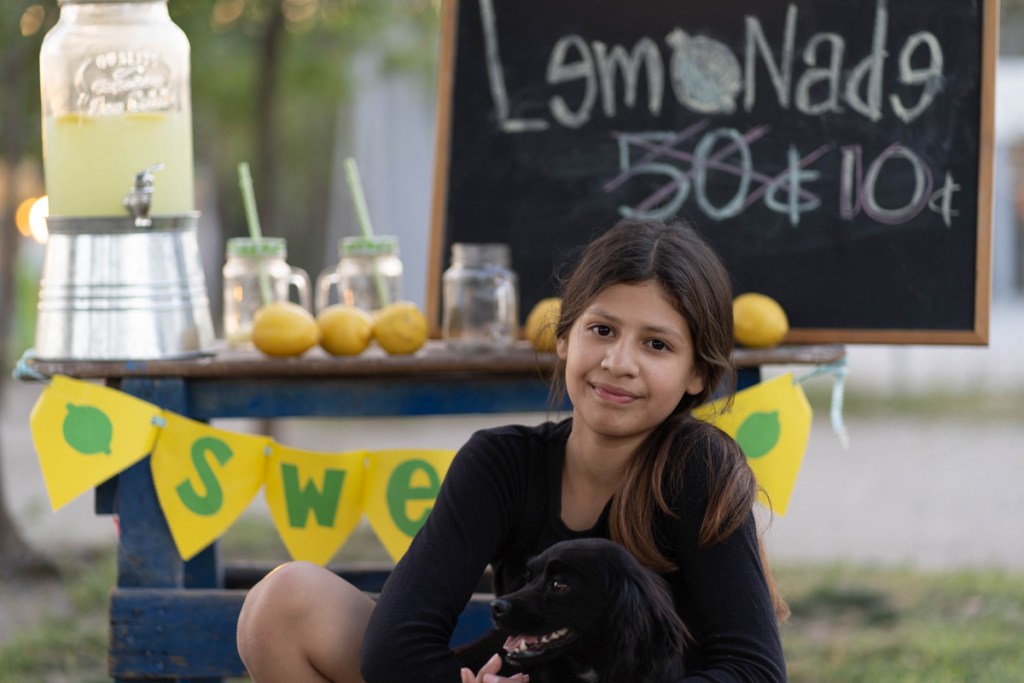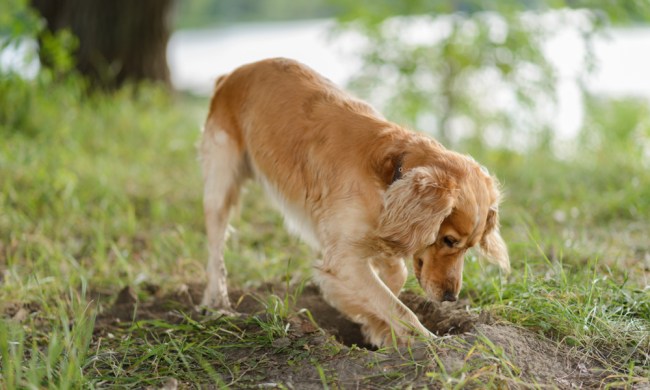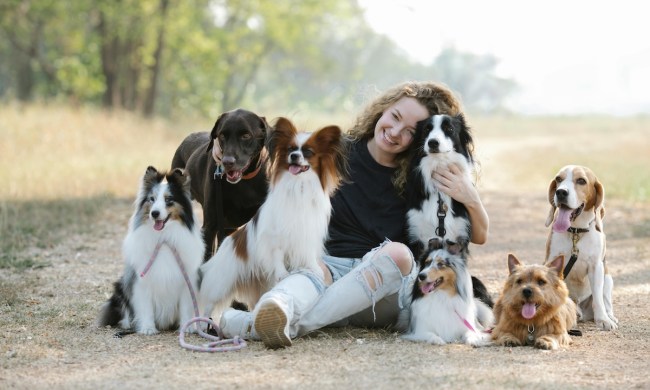All across the U.S., animal welfare and rescue groups work hard every day to save the lives of homeless dogs and cats. These nonprofits rely on the support of animal lovers to help them save lives. Fundraising is a constant challenge for these groups, and they are so grateful when people step up and make financial donations to help them continue their work. Here are eight ways you can donate to help pets in need.
Make a one-time donation
One-time pet donations, no matter how small, add up and can make a big impact for homeless animals. They help shelters and rescues cover the cost of daily operations such as the purchase of food and cleaning supplies and the maintenance of buildings. Often, a one-time donation is made in response to a specific campaign such as helping to cover the cost of veterinary care for a special-needs animal or paying for a shelter makeover. The best way to learn about these campaigns is to follow your favorite rescue or shelter on social media.
Become a monthly sponsor
While you can’t adopt every animal in need, you can sponsor homeless animals while they wait for new families. For example, at Humane Animal Rescue of Pittsburgh, supporters can donate to a monthly Adoption Sponsorship Program. Donors can request that funds help a specific pet, but typically the money is used to underwrite adoption fees for animals overlooked by potential adopters. For example, senior pets and those with medical issues. At Pets Alive animal sanctuary in Middletown, New York, there’s a sponsorship level to suit every budget. A $5 monthly donation helps buy enrichment toys for pets, while $25 a month buys a case of canned dog food, and a $100 monthly donation helps defray the cost of medical expenses.

Donate in memory of a loved one
A donation made in memory of a deceased pet or a human loved one is a wonderful way to honor a life while helping homeless animals. When you make memorial donations to the ASPCA or the Humane Society of the United States (HSUS), sympathy cards will be sent to the family of the deceased alerting them that a donation has been made in honor of their loved one.
Donate to celebrate special occasions
A donation in celebration of an animal lover’s birthday, anniversary, or wedding is a terrific way to honor a special person in your life. It’s the thought that counts here, and these donations don’t have to be huge. For example, when you donate $19 or more to the HSUS, the organization will mail a personalized greeting card to a loved one with your special message. For a donation of $25 or more, the recipient will also receive a one-year subscription to All Animals monthly magazine full of stories on how the organization is helping animals.
Shop to benefit animals in need
Shopping is another great way to help shelter pets. Many nonprofits run thrift shops selling donated items with 100% of the proceeds benefiting homeless animals. If you enjoy browsing garage sales, then you’ll love shopping in a shelter thrift shop. You just never know what you’ll find. Many shelters and rescues also have online stores where you can purchase T-shirts, baseball caps, or hoodies with the organization’s logo. The Greater Goods Animal Rescue Site offers a unique collection of animal-themed clothing, jewelry, footwear, and gifts. Every purchase from this site helps fund food and care for homeless animals.
Become a member of an animal welfare organization
Becoming a member of an animal welfare or rescue group provides not only financial help but also moral support by showing the staff that you believe in what they are doing. A donation of any size to the HSUS qualifies you as a member, while an annual donation of $25 gets you a one-year subscription to the organization’s monthly magazine. For an annual donation of $25 or more, members of Best Friends Animal Society receive six copies of the society’s bimonthly magazine.
Hold a fundraiser
Fundraisers are a great way to raise money while also spreading the word about the organization you’re supporting. These events can be as big or small as you want. For example, you could get children involved by setting up a lemonade stand or a kissing booth with a dog giving kisses for a donation. Larger fundraising ideas include dog washes or dog walks. Seasonal opportunities include carving and selling pumpkins for Halloween or making and selling Christmas wreaths or tree decorations. Online fundraising through GoFundMe allows you to reach more people.

Leave a gift in your will or trust
Including your favorite animal charity in your will or trust is a meaningful way to help a nonprofit continue saving lives. A lawyer can advise you on the best way to do this, which could include naming a specific amount or designating a percentage to be left to the nonprofit. Also, most large animal welfare organizations have information about legacy gifts on their websites.
While financial donations allow shelters and rescues to spend money where it’s most needed, they aren’t the only way to help animals. You can donate items from a shelter’s wish list, volunteer your time, help promote shelter animals online, or foster animals in your home. For animal lovers, there’s nothing more fulfilling than knowing you’re playing a role in saving the lives of dogs and cats.



